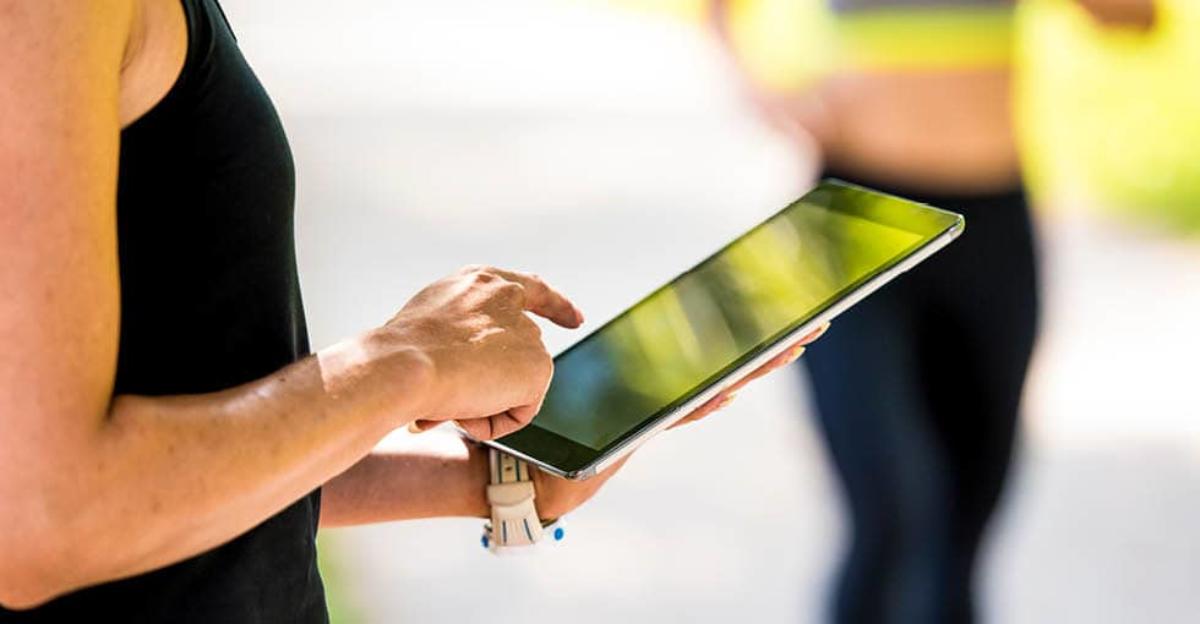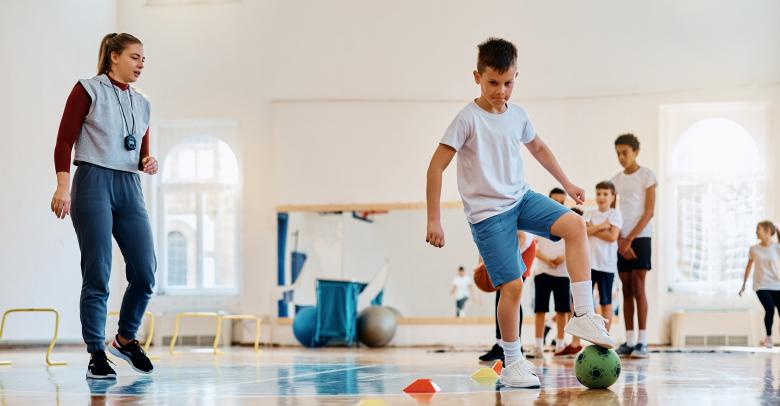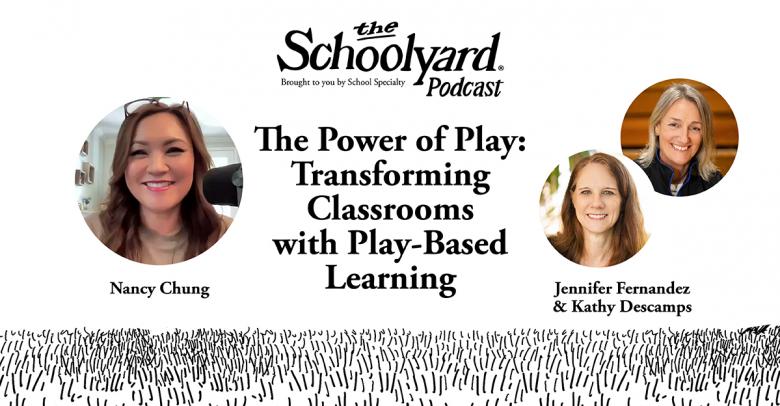What should come first, the pedagogy or the technology?” – Andy Vasily, Educational Consultant and Pedagogical Coach
According to the Merriam-Webster dictionary, the word pedagogy is defined as the art, science or profession of teaching. Technology is defined as a capability given by the practical application of knowledge.
Which comes first when planning for your physical education programs – technology or pedagogy? The effective use of technology and its integration with pedagogical concepts needs to be considered when approaching this question.
Before the integration of technology can be considered, educators need to understand where they want their learners to go. In Understanding by Design (2005) Wiggins and McTighe state:
[Educators] spend most of their time thinking, first, about what they will do, what materials they will use, and what they will ask students to do rather than first considering what the learner will need in order to accomplish the learning goals. (p. 15)
Educators need to establish what students need to know, understand, and be able to do and then, if needed, find the appropriate technology to guide the students in their learning journey.
Therefore, sound teaching practices must be established in our classrooms before the technology is considered. Student learning outcomes and objectives are the destinations of the lesson, and technology resources, if needed, are used to design learning events to guide students to reach those learning goals.
When technology is not the focus and instead aids learning, students become capable of reaching beyond a standard. When technology is not the focus and instead aids teaching, educators become capable of guiding students in reaching beyond a standard.
In Michael Cohen’s (2014) article, “The Invisible iPad: It’s Not About the Device,” he writes about the automobile, the light bulb, and the refrigerator, and questions whether they were authentic educational tools. He said, “revolutionary inventions are not about the invention itself, but what the invention gives us the ability to do.”
It is not about the automobile and how it works, but that the automobile gave us the capability to travel to places we never thought possible. Cohen also mentions Thomas Edison and how the light bulb changed the world’s productivity levels. Before the light bulb, people worked by candlelight or oil and lamp until they ran out of resources. After the light bulb was invented, they were able to work longer hours, increasing productivity levels. In Cohen’s (2016) most recent article, he said, “Edison wasn’t trying to invent the lightbulb, he was trying to create a way for the world to see in the dark [and] this is how we must look at technology in our life.”
Modern technology such as the iPads/tablets, laptops, Chromebooks, smartphones, heart rate monitors, GPS units, and pedometers give us access to information we normally would not be able to obtain, and thus use this information to guide them on their learning journeys. Fletcher (2006) shares:
When you go to the hardware store to buy a drill, you don’t actually want a drill, you want a hole, they don’t sell holes at the hardware store, but they do sell drills, which are the technology used to make holes. (p. 87)
He used the analogy of the hole and the drill to help us understand how we cannot lose sight of technology, as it is a tool and should be used to focus on educational concerns.
At the beginning of this article, I quoted Andy Vasily when he said, “what should come first, the pedagogy or the technology?” Technology can help us see the world with a new lens but I would argue that before this can happen, we must understand the destination of where we want our students to go.
We must explore the learning goal and plan for what students should know, understand, and be able to do, and only then can we plan to use specific tools or activities to guide students in reaching that destination. When technology is planned purposefully into our lessons, it can help our students create, communicate, extend, explore, and move in ways they were not able to before.
This blog is adapted from the original article “Technology in Physical Education,” written by Naomi Hartl and published in the Saskatchewan Physical Education Association (SPEA) On The Move Journal in April 2017, and has been posted with permission.
Naomi Hartl
Naomi Hartl holds a Bachelor of Science degree in Kinesiology and a Bachelor of Education. She has four years’ experience teaching physical education and works to help further the use of technology in teaching physical education.
Read more posts by Naomi Hartl –>







Leave a Reply